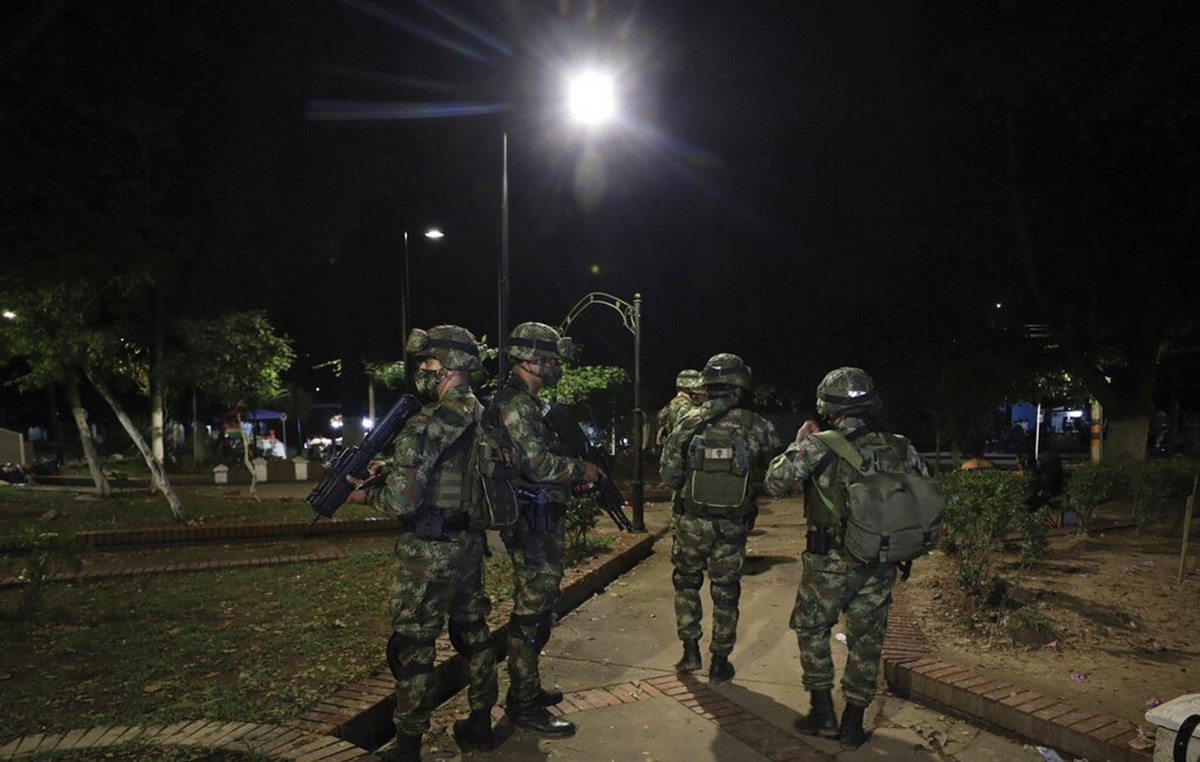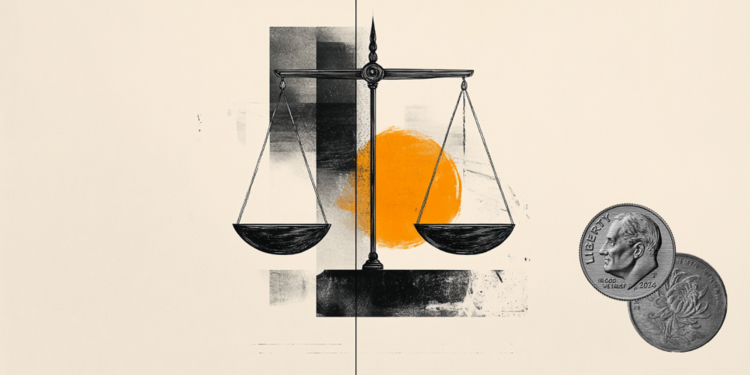“Starting the year off on the right foot”. Perhaps this is one of the most followed mantras around the world at the turn of the year. Since 2021 was marked by turmoil in the economic and fiscal scenario, which brought annual volatility of 21.06% to the Ibovespa.
However, according to experts interviewed by CNN Brasil Business, tightening monetary conditions and elections could make the market even more unstable. “But there are solutions to overcome all the challenges that accumulate in the horizon of 2022”, say Betina Roxo and Paula Zogbi, analysts at Rico.
Two macroeconomic indices that will continue to scare the market at the beginning of next year are: high inflation and the Selic rate, a mechanism used by the Central Bank to control the IPCA.
While the Extended National Consumer Price Index was 0.95% in November and 10.74% in the year, the basic interest rate was set by the Copom (Monetary Policy Committee) at 9.25% , an increase of 1.5 percentage points. Both data are known for driving the migration of investors from variable income to fixed income.
For the next meeting, the Committee foresees another adjustment of the same magnitude, that is, the interest rate at 10.75%. “With higher interest rates, credit becomes more expensive, the economy slows down, and prices start to rise more slowly”, explain analysts at Rico.
Political and macro scenario
However, Eduardo Cavalheiro, economist and manager of Rio Verde Investimentos, says that, throughout 2022, the expectation is a reduction in inflation to the level of 5% in the year. “The speed at which this occurs will allow us to have higher or lower interest rates and more intense or less intense impacts on activity,” he says.
In the last Focus bulletin of the year, released on Monday, December 27, the IPCA estimate for 2022 was maintained by the Central Bank at 5.03%.
The election definition at the end of 2022 will also have an important weight in the closing of asset prices. The first round will take place on October 2nd and the second round for president and governor will take place on October 30th.
“The victory of a political project that pleases economic agents should generate a favorable anticipation of the expected economic benefits for the four-year term of the future president”, believes Cavalheiro.
A survey carried out by XP with 91 institutional investors (large banks and managers) shows how the market expects the Ibovespa to operate if each of the pre-candidates for the Presidency wins the election.
“The important thing is not to get carried away by the herd movement and panic in the markets”, affirm Betina and Paula. “Trying to get the results of the elections right and position investments to gain from it – the so-called “electoral trade” in the market – is not a practice that we defend. [Nós] we prefer to go through this kind of “pianinho” moment, without much movement.”
possible opportunities
Thus, given all the risks, the manager of Rio Verde Investimentos, declares that investors should start the year with a more conservative approach, “seeking to invest in companies with solid and very resilient business models, with predictable cash flow and little affected by changing scenarios”.
He points out companies in the infrastructure sector (electricity, ports, roads, railways), insurance companies and some segments of the health sector.
In a second moment, “depending on the evolution of the political and economic scenario, the opportunity for diversification towards sectors most affected by the situation, such as the retail, technology and industrial segments”, comments Cavalheiro.
On the other hand, Paula values a diversification strategy. She also believes that 2022 will be the time to have applications in sectors that protect themselves from adverse situations. “Fixed income indexed to the IPCA and companies that manage to pass on prices on the rise against inflation”, he says.
Thinking about the fiscal situation, she defends investments abroad such as BDRs (Brazilian Depositary Receipt), certificates backed by shares abroad, and ETFs (Exchange Trade Fund), a product whose performance is referenced to indices.
Apart from that, the analyst at Rico also has three other theses for 2022: commodities; companies that are good protection against inflation and the rise of the dollar; history of growth, companies that are growing rapidly without depending on the macroeconomic scenario; and strong recent falls; roles that tend to benefit from the advance of vaccination, such as banks and malls.
According to a survey by Economatica, carried out by Einar Rivero, Banco Pan was the financial institution that appreciated the most between December 30, 2020 and December 7, 2021, with an increase of 30.48%. And the Banco Inter unit was in second place with an increase of 14.08%.
It is noteworthy that Brazil reached 75% of the population vaccinated with at least one dose, on December 12th. According to the Ministry of Health, the numbers show that “vaccination is the best way to contain the coronavirus pandemic.”
Test your knowledge of Ibovespa
Let’s start with an easy one: what is the Ibovespa?
Who is responsible for calculating the Ibovespa?
What types of assets are eligible to be listed on the Ibovespa?
Which of these is NOT a criterion for a stock to be listed on the Ibovespa
How many shares are currently in the theoretical portfolio of Ibovespa?
How often is Ibovespa’s theoretical portfolio revised?
What is the stock with the greatest weight on the Ibovespa?
What is the stock with the lowest weight on the Ibovespa?
Each point on the Ibovespa is equivalent to 1 real. This statement is
What is the historical record for closing the Ibovespa?
Try again!
Tip: follow CNN Business to understand more about the Ibovespa
Nice job!
You know a lot about the Ibovespa, but you could know a little more
Sensational!
Congratulations! You are an expert on Ibovespa
Reference: CNN Brasil
I am Sophia william, author of World Stock Market. I have a degree in journalism from the University of Missouri and I have worked as a reporter for several news websites. I have a passion for writing and informing people about the latest news and events happening in the world. I strive to be accurate and unbiased in my reporting, and I hope to provide readers with valuable information that they can use to make informed decisions.







